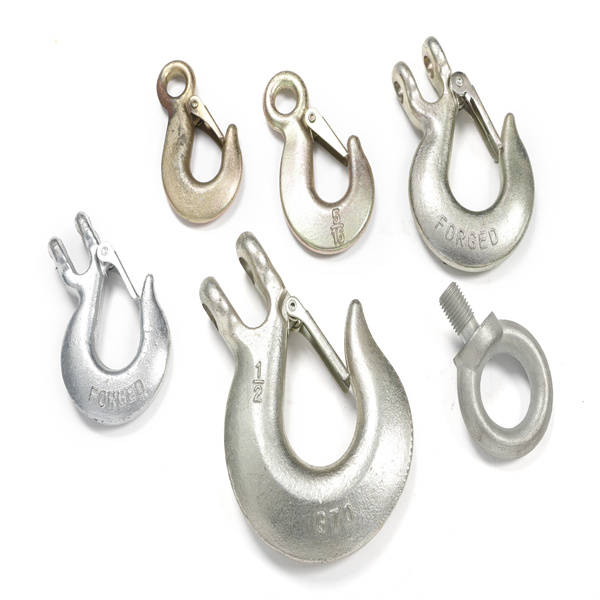How to Recycle Abrasives for Blast Cabinets
If you use a blast cabinet for surface finishing, you can extend the life of your abrasive media by reusing it multiple times. This process, often referred to as "recycling," not only helps reduce costs but also supports environmental sustainability. In this guide, we’ll walk you through the benefits of recycling abrasives, key factors to consider, and best practices to maximize efficiency.
**Why Recycle Abrasives?**
Recycling abrasives is a smart choice for several reasons. First, it significantly cuts down on material costs. New abrasive media can be expensive—often costing hundreds of dollars per ton. By reusing your existing materials, you can save money while maintaining consistent performance.
Additionally, recycling reduces waste and minimizes your environmental footprint. Many organic abrasives, such as walnut shells or corn cob, break down quickly in landfills. Others, like glass or metal-based media, take much longer to degrade. Some blasting materials even contain plastics that can leach harmful chemicals into the soil over time. Recycling helps keep these materials out of landfills and reduces potential harm to the environment.
**What to Consider When Recycling Abrasives**
Before starting the recycling process, there are several important factors to keep in mind:
- **Abrasive Hardness**: The hardness of the media determines its ability to withstand repeated use. Materials with higher ratings on the Mohs Hardness Scale are typically better suited for recycling.
- **Abrasive Size**: Smaller particles tend to wear out faster and may need to be replaced more frequently.
- **Abrasive Shape**: Rounded shapes, such as glass beads or steel shot, tend to last longer than angular ones due to their durability.
- **Abrasive Volume**: Higher volume usage can generate more heat, which may reduce the lifespan of the media.
- **Part Hardness**: Harder parts can accelerate abrasive wear, shortening the number of times you can reuse them.
- **Delivery Method**: The type of blasting system used (pressure pot vs. siphon) affects how the abrasive is delivered and, therefore, its longevity.
- **Nozzle-to-Part Distance**: A shorter distance increases impact velocity, potentially reducing recycle rates.
**Best Practices for Reusing Abrasives**
To get the most out of your recycled abrasives, follow these guidelines:
- **Avoid Soft Abrasives**: Materials like sand or sodium bicarbonate tend to turn into dust and can clog your dust collector. Stick to harder options for better results.
- **Know Impact Velocity**: Different abrasives have different maximum impact velocities. Understanding this helps prevent premature wear.
- **Estimate Recycle Potential**: Use data such as blasting hours, abrasive flow rate, and total media weight to estimate how many times you can reuse your media.
- **Use a Quality Separator Reclaimer**: A good separator ensures clean, efficient recycling and prevents contamination.
- **Replace Worn Media**: Overused abrasives become less effective. Replace them when they lose their cutting power to maintain optimal performance.
**Get Reliable Solutions from Finishing Systems**
When you're ready to start recycling your blast cabinet media, partner with Finishing Systems. We offer a wide range of high-quality abrasives and blast cabinets designed for long-term use. Whether you're looking for durable media or efficient systems, we have the tools to meet your needs.
With the right approach, recycling abrasives can be both cost-effective and environmentally responsible. Start today and make the most of your blasting equipment.
Metal forging is the process in which metals are formed and shaped using compressive forces. The forces are delivered using hammering, pressing, or rolling. There are a number of forging processes – cold forging, warm forging, and hot forging – which are classified by the temperature of the metal being worked with. Overall, the forging process results in a strong and durable product that is well-suited to heavy duty applications where toughness, strength, and resistance to damage are essential.

forging iron, forging stainless steel, forging process,forging metal process
NINGBO CITY YINZHOU RUICAN MACHINERY CO.,LTD , https://www.china-sandcasting.com